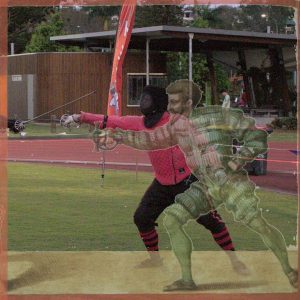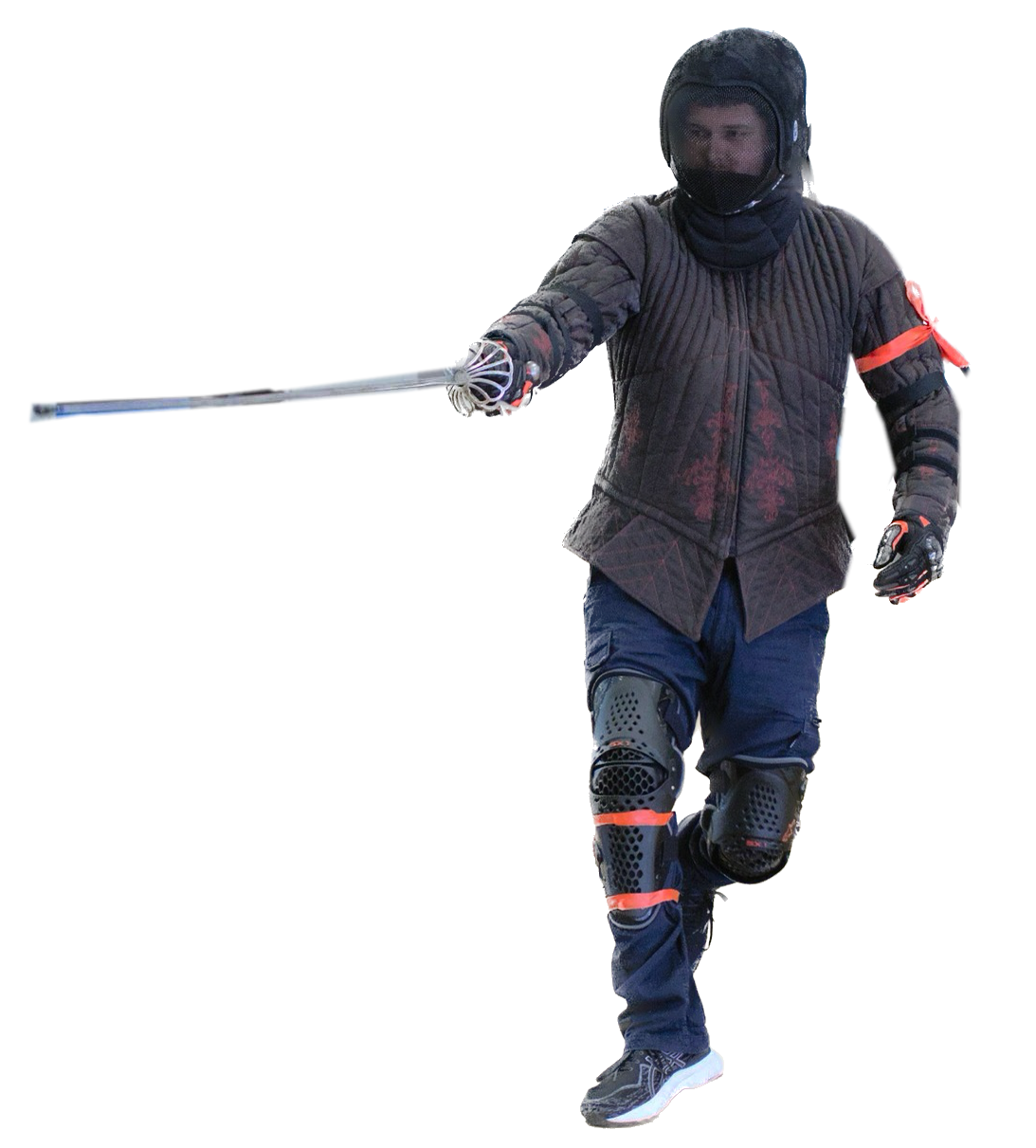 La Verdadera Destreza — or The True Skill or Art — is a tradition of fencing regarded as originating with the work of Don Jerónimo Sánchez de Carranza in the late 16th century, and his [successor], Luis Pacheco de Narváez.
La Verdadera Destreza — or The True Skill or Art — is a tradition of fencing regarded as originating with the work of Don Jerónimo Sánchez de Carranza in the late 16th century, and his [successor], Luis Pacheco de Narváez.
A true product of the Renaissance spirit, La Verdadera Destreza was envisaged as not just a weapons technique, but a system of intellectual, philosophical, and moral ideals, drawing on classical authors such as Aristotle, Euclid, and Plato, as well as the most current geometry and science.
The principles of Destreza are theoretically universal, and able to be applied successfully to the use of all weapons. In practice, it focusses on the rapier, both on its own and in combination with off-hand defensive weapons such as:
- Dagger
- Buckler
- Cloak
- Vambrace.
Other weapons BSIS uses with Destreza include:
- Montante (a particularly long and heavy two-handed Iberian sword that developed in the late 15th century)
- Replica Two-handed, three-headed flail
- Polearms.

La Verdadera Destreza as a distinct style was practiced throughout the Iberian nations and their New World colonies throughout the late 16th and the 17th centuries. From the 18th century it began to decline and increasingly took on aspects from the dominant French and Italian schools. Prior to its revival as part of the Historical European Martial Arts movement in the late 20th century, Destreza had largely disappeared, whereas its French and Italian rivals had evolved into modern Olympic sport fencing.
Characteristics of Verdadera Destreza fencing include:
- Visualization of an imaginary circle between the opponents to conceptualise distance and movement
- Use of off-line footwork to obtain a favourable angle of attack
- Avoidance of movement directly toward the opponent
- Extension of the sword arm in a straight line from the shoulder to obtain maximum reach
- Profiling of the body to increase reach and reduce target area
- Use of an initial distance that is as close as possible, while remaining out of reach (medio de proporción)
- A conservative approach, using the atajo (bind) to control the opposing weapon
- Preference for downwards motion (movimiento natural) in all fencing actions
- Use of both cut (tajo, revés) and thrust (estocada)
- Use of a particular type of closing movement (movimiento de conclusión) to disarm the opponent.
Some key differences between Destreza and other fencing styles include:
- Engaging in circular or off-line footwork, using geometry to gain a safer yet effective angle of attack, whereas other schools have favoured linear footwork and attacks
- Continuing to value cuts as well as thrusts, while other schools put far greater emphasis on thrusts alone
- While other schools teach a variety of guard positions, Destreza prefers a single guard position, the “right angle”, with the arm extended directly from the shoulder, forming a straight line from the point of the sword through the shoulders.
